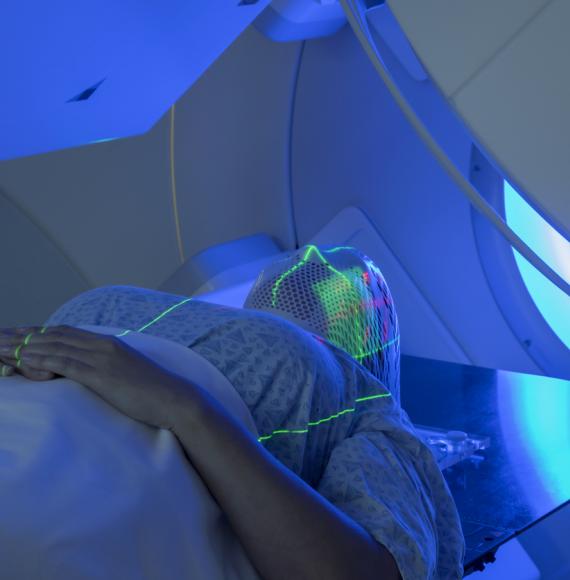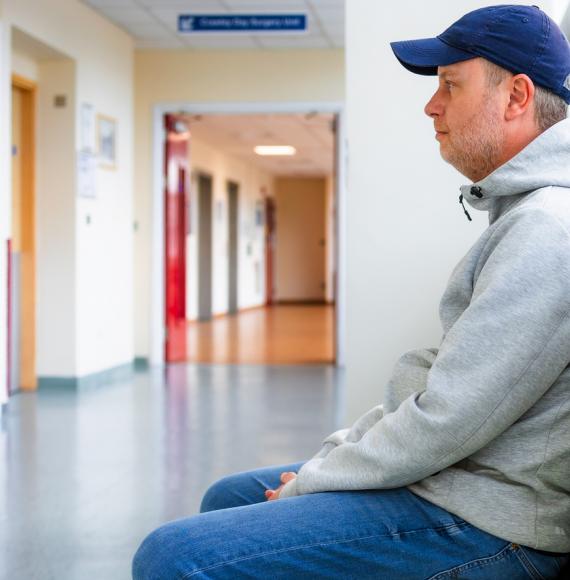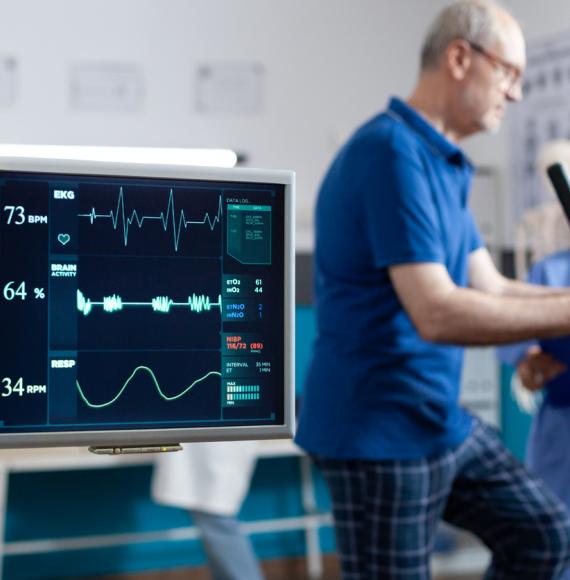As Britain’s largest employer, the NHS has a major role to play in enabling the UK to achieve its net zero greenhouse gas emissions target by 2050. The health service is responsible for around 4% of the nation's carbon emissions and has set its own challenging target of reducing direct carbon emissions to net zero by 2040, with an ambition to reach an 80% reduction by 2028-2032. In addition, it also aims to reduce emissions in its wider supply chain to net zero by 2045, with an ambition to reach an 80% reduction by 2036 to 2039.
Deadline for green roadmaps
Reducing carbon emissions from such a vast estate with its extensive facilities, buildings, and infrastructure, is an enormous undertaking. Due to the critical nature of its work, its 1.4m-strong workforce and complex supply chains, identifying a route to achieving net zero emissions will be challenging. To be successful, NHS trusts need to act now, so that action plans can be drawn up, funding secured, and projects launched on schedule. That’s why the NHS has given its trusts a deadline of March 2022 to have board-approved green roadmaps in place.
Compiling viable and practical carbon reduction plans demands specialist knowledge and expertise. The first task facing NHS trusts is developing partnerships with organisations that have the necessary experience to develop roadmaps covering every aspect of NHS operations. This will help the NHS focus on its front-line core patient care responsibilities and source expert capability where required to evaluate the various options available. Trusts need to find these consultants quickly, so that the assessment, analysis, and planning required to deliver an effective carbon-reduction roadmap can begin.
Diverse estates demand targeted approach
Perhaps the greatest challenge facing the NHS in achieving net zero carbon is the nature of its sites and premises. Every estate is different, so there can be no one-size-fits-all approach. NHS estates include everything from purpose-built hospitals to historic buildings and sprawling sites featuring a vast range of building types and ages. These buildings contain a range of different assets, heating systems and electrical infrastructure, meaning bespoke technical assessments will be required to reach net zero across every estate.
Working around patient priorities
Decarbonising entire heating systems, for example, is especially challenging – particularly in live hospital environments that must remain fully functional 24-hours a day. It requires careful planning in partnership with multiple hospital teams to ensure the works are scheduled to minimise disruption to patient services. Many hospitals still have steam-powered heating systems, which are particularly difficult to replace. Our experience in hospitals has shown that the planning phase alone can take up to two years, before any work on site can even begin.
Carbon reduction projects that are relatively straightforward in other environments, can raise more issues in a healthcare setting. Upgrading or replacing lighting systems with energy-efficient LED lights is complicated by the fact that many areas within hospitals require a specific lux level 24 hours a day.
Finding the right balance
The strategy to achieve carbon reduction often starts with replacing archaic or inefficient equipment and assets with more energy-efficient alternatives. However, given the very specialist nature of much of the equipment used by the NHS, there are often no low-energy versions available. In these cases, eliminating carbon becomes a question of sourcing renewable energy to supply NHS premises.
NHS trusts need expert guidance to ensure the right balance is achieved between delivering essential services and meeting energy and carbon targets. Net zero is achievable, but requires a high degree of planning, preparation, and collaboration with multiple stakeholders.
Navigating the procurement maze
The NHS buys a large amount of goods and services to enable its daily operations, adding further complexity to net zero planning and implementation. NHS trusts utilise multiple procurement systems, often including Private Funding Initiative (PFI) arrangements, which requires consideration of life-cycle costing. Trusts need to find specialist partners who understand the different procurement mechanisms, can provide the necessary costings and evaluations, and can navigate the legal frameworks so that carbon reduction programmes are not delayed by the process.
Funding the carbon revolution
Not surprisingly, one of the biggest obstacles to carbon reduction in the NHS is funding – not just for capital investments, but for the expertise and skills required to plan, design, and deliver carbon-reduction schemes. Grants released by the government via the Low Carbon Skills Fund were snapped up within 24 hours. NHS trusts that have not secured grants, need to find ways to fund the specialist consultancy support they need. One option is to find partners that can incorporate consultancy work into specific project development agreements for low-carbon schemes.
It’s important to prioritise high-impact long-lead-time projects and develop a pipeline of carbon reduction measures over the coming years. Various funding options are available for capital projects, whether via public-private partnership, third-party funding, or public grants. EQUANS can also provide direct funding for capital investments, allowing NHS trusts to make repayments directly from the savings they achieve.
Sustainable solutions for a carbon-free NHS
EQUANS bespoke “NHS Zero” offering can help the NHS rise to the challenge of achieving net zero carbon by 2040. By combining our sustainable energy and facilities management expertise, NHS Zero provides a platform of support to the NHS at every stage of its net zero journey – from consultancy to project concept, planning to funding and delivery, we offer autonomy over all energy and carbon related transactions, including monitoring and verification of savings with a continual improvement ethos.
Now is the time for action. The NHS has an opportunity to respond to the climate change emergency by transforming into an organisation that works in harmony with the planet – while continuing to improve health and well-being for future generations.



















